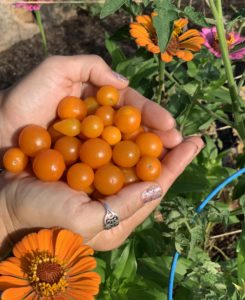
Growing tomatoes for fall harvest can be quite rewarding. Fall tomatoes should be planted from transplants during the month of July in central Texas. We generally plant them 14-16 weeks before the average first killing frost, which is about July 10 in the Marble Falls area of Central Texas.
You can purchase new plants or root cuttings from existing healthy plants. If you decide to root cuttings, start about 2-3 weeks ahead of the planting time. Remove suckers (the branches that grow out of the leaf axils), and either root them in water or in a light potting soil in a pot. You can place the pots under a plastic tent to hold in moisture while rooting. There is another method by which you lay one of the existing vines on the ground, and about a foot from the tip cover the stem with soil. Roots will grow on the stem in about two weeks and the new plant may be cut free from the old plant at that time. Only use plants that are free from insects and disease for this method.

If you plant your tomatoes from new transplants, set them out in the evening to avoid heat stress. The tender plants will benefit from shading for the first week or two. Use shade cloth or cardboard to supply the shade. Gradually expose them to the sun a little bit at a time over the second week to acclimate them to more sun.
Determinate varieties are preferred for fall planting, as they will grow to a certain size and produce all the fruit within a reasonably short period of time. This is an advantage in case of an early freeze, as the fruit can all be harvested at the same time and brought inside to continue to ripen. Small-fruited varieties are also recommended for fall tomatoes, as they produce many tomatoes earlier and over a longer period of time.
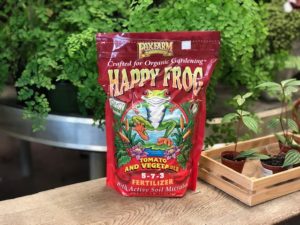
Fertilize your transplants with Happy Frog Tomato and Vegetable Fertilizer at the time of planting and repeat monthly, following the directions on the label.
Large-fruited beefsteaks and heirloom tomatoes are NOT recommended for fall harvest as they take longer to mature and may not be ripe by the time the first freeze arrives.
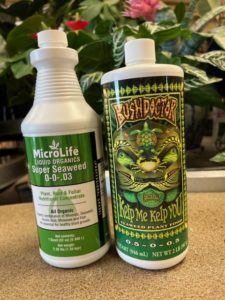
An advantage to growing a fall crop of tomatoes is that they are not usually bothered by Early Blight. Spider mites may be a problem in hot weather, but may be prevented by spraying the undersides of the leaves with a liquid seaweed solution. (This is only PREVENTATIVE, not CURATIVE.) Since the fruit will mature in cooler weather, ripening in the fall helps avoid cracking, sunscald and splitting that occurs when fruit is ripening in hot weather.
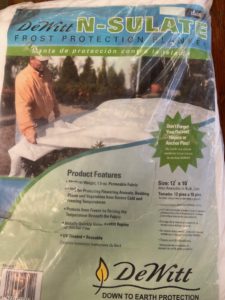
If frost threatens plants early, use frost cloth or blankets to cover the plants.
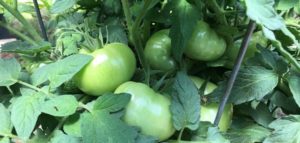
When freeze is imminent, you will need to harvest green fruit early and let it ripen inside. The easiest method to determine if a fruit is mature enough to continue ripening is to choose a representative size/color tomato and slice it with a sharp knife. If the gel inside the fruit is well developed, and the seeds have hardened enough so that the knife does not slice through them, but pushes them aside, the fruit will likely ripen with full color and flavor. If the seed is cut by the knife, the fruit may be used for pickling, relishes or frying, as it is unlikely to ripen any further.
Remember:
Plant at the right time.
Choose determinate or early-fruiting varieties.
Provide shade to new transplants.
Keep soil evenly moist.
Good Luck! May your harvest be plentiful!

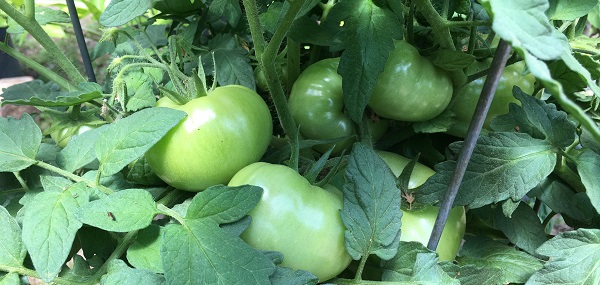


Leave A Comment